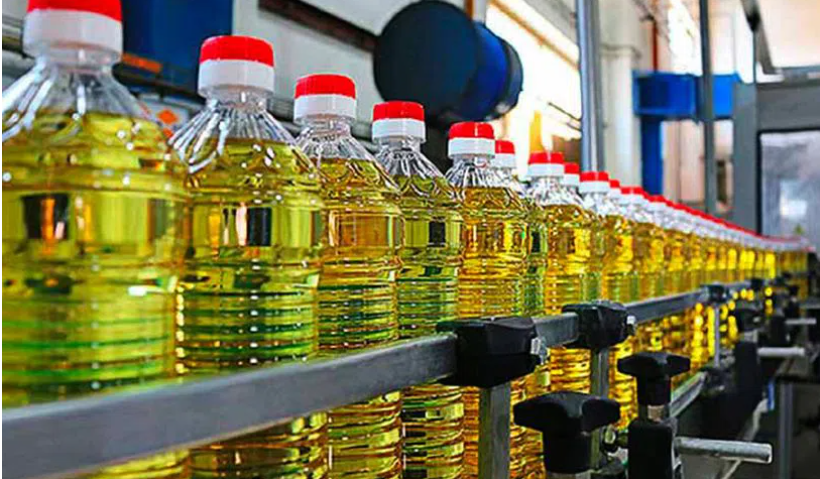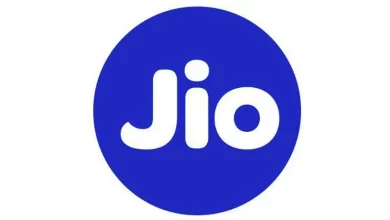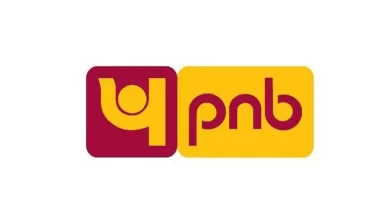Edible oil prices start to cool as imports are back on track

Hyderabad: Ahead of the festive season, prices of edible oil are coming down. Edible oils had seen prices touch new highs in the last few months. The prices are now heading down as the imports, which were impacted by the Russia-Ukraine war, are back on track.
For instance, sunflower oil, which was selling at around Rs 180 a litre, is now being sold at around Rs 155 a litre. Palm oil is being sold at less than Rs 100 a litre now. The prices of rice bran oil and groundnut oil have not come down on the same lines but are steady at Rs 165-175 a litre. The prices vary with the brand and the type.
“Prices of sunflower oil have come back to the pre Russia-Ukraine war levels. Import duties have been reduced. However, there are still some restrictions on the volumes that can be imported. Palm oil supplies too have eased. Several States in the country including Telangana are focusing on increasing domestic oil seed production. The result from these efforts will also kick in shortly,” said P Chandrashekhara Reddy, Senior Vice President, Freedom Healthy Cooking Oils.
According to him, the edible oil market in the country saw a change in the consumption patterns in the last two years due to the Covid-19 pandemic. The consumption patterns changed in each of the three Covid waves. Though the Russia-Ukraine war happened in March, the international edible oil trading community was feeling undercurrents from the previous December itself.

“Covid incidence in the first wave was not high. Many had good balances in their accounts. With work-from-home getting implemented, many focused on having good food at home. Home consumption increased despite the supply chains getting affected. There were problems getting labour and packaging material. Trucks were not easily available. As a result, the prices of edible oils went up significantly,” he said.
In the second wave, many were infected and some households even saw deaths. The focus was spending for medical expenses and saving for later. Sales at supermarkets were affected as people were not ready to get into crowded places or air-conditioned premises. That too led to a decrease in consumption. Stocking, which was evident at all levels earlier, was not there during this wave. The third wave of Covid did not impact the sales as supplies got streamlined.
Even as people were coming out of it, the Ukraine war happened. Most of South India is dependent on imports of sunflower oil from Ukraine.
“It was an uncertain situation till recently and we did not know whether the vessels would come or not. One vessel got released late and one did not even get loaded at all,” he said.
Key markets like Malaysia too placed restrictions on export of palm during the year. However, labour shortage led to an increase in prices of palm during Covid. Elsewhere, soyabean production too got hit. The weakening rupee made the imports costlier. All these conditions led to a shortfall in volumes and an increase in prices, the company official said.
During the year, soya had peaked to $2,000 per tonne and later came down to $1,500 per tonne. Sunflower touched $2,400 and fell to about $ 1,800 per tonne. Palm spiraled to $1,850 per tonne and later came down to $1,300 per tonne. Two years ago, palm was around $500 and soya $800 per tonne. However, these prices were not encouraging to farmers.







